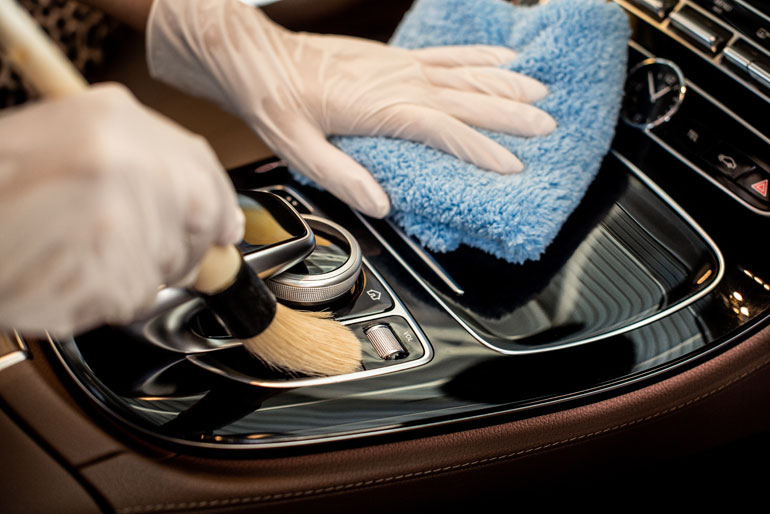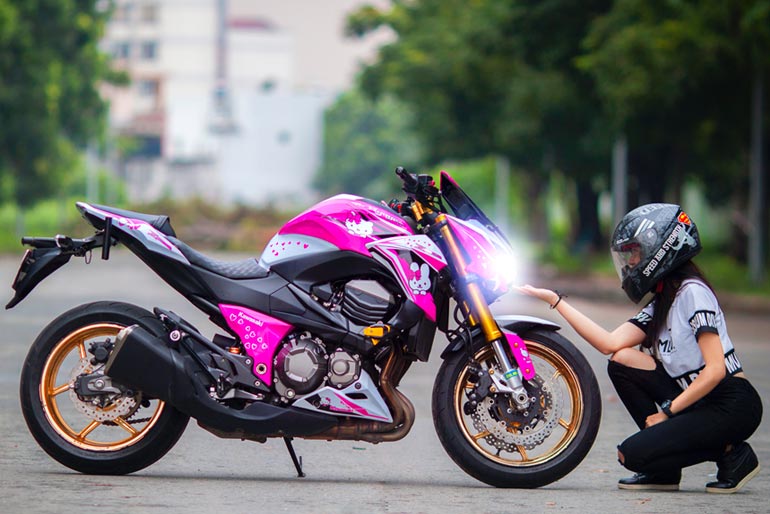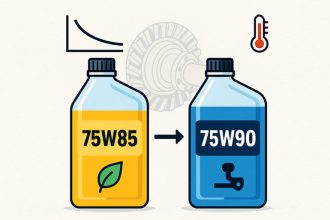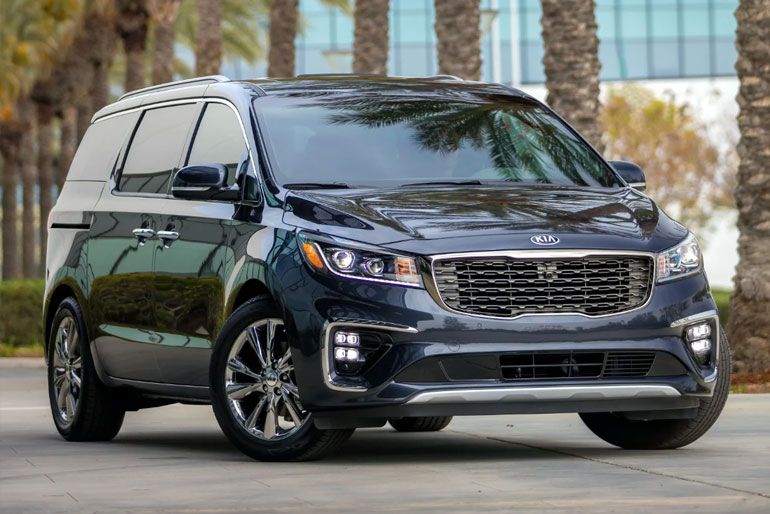When it comes to personal safety, one item often stands between you and serious injury your helmet. And for women who ride motorcycles, bicycles, scooters, or enjoy action sports, choosing the right helmet for women is not just about protection. It’s about comfort, fit, style, and empowerment.
In this in-depth guide, we explore everything women need to know about helmets from finding the best fit to choosing a design that reflects your personality while keeping your head safe on every ride.
Why Every Woman Needs a Helmet
Helmets save lives that’s the bottom line. According to road safety studies, wearing a helmet can reduce the risk of head injury by up to 85%. Whether you’re commuting to work on a scooter, riding your motorcycle on the weekend, or cycling for fitness, a helmet is the single most effective piece of safety gear you can wear.
But for many women, finding the right helmet for women comes with unique challenges: poor sizing, lack of female-specific designs, and limited style options. Fortunately, the industry is evolving, and more brands are now catering to the diverse needs of women riders.
Understanding Helmet Types for Women
1. Motorcycle Helmets
Designed for high-speed impact protection, these helmets are essential for motorbike riders. Common styles include:
- Full-Face Helmets: Offers the most protection ideal for highway or sport riders.
- Modular Helmets: Converts between full-face and open-face convenient and practical.
- Open-Face Helmets: Covers the sides and top but leaves the face open stylish and great for city riding.
- Half Helmets: Minimalist design for low-speed cruising, but less protection overall.
2. Bicycle Helmets
Lightweight, breathable, and designed for both casual and performance riding. Types include:
- Road Cycling Helmets: Sleek and aerodynamic.
- Mountain Bike Helmets: Durable with extra coverage, especially at the back of the head.
- Urban or Commuter Helmets: Stylish, often with visors or LED lights for safety.
3. Multi-Sport Helmets
Ideal for skateboarding, rollerblading, or snow sports. These helmets are typically certified for multiple activities and offer a versatile option for active women.
Choosing the Right Helmet for Women
When selecting a helmet for women, it’s not just about buying a “smaller version” of a man’s helmet. Women’s helmets often feature subtle but crucial differences:
1. Proper Fit and Sizing
Women’s head shapes tend to be narrower, so many brands now offer helmets with:
- Slimmer profiles
- Narrower chin straps
- Adjustable padding systems for a snug fit
How to measure your head:
Use a soft measuring tape around the largest part of your head just above your eyebrows and ears to determine the right size.
2. Hair-Friendly Design
If you have long hair, ponytail ports and deeper rear cutouts are a game changer. These features allow you to ride comfortably without awkward pressure points or tangled hair.
3. Weight and Comfort
A heavy helmet can cause neck strain, especially on longer rides. Look for lightweight materials such as:
- Polycarbonate
- Carbon fiber
- EPS foam liners for shock absorption
4. Ventilation
Good ventilation prevents overheating and keeps your scalp dry, especially during warm-weather rides or high-intensity workouts.
5. Safety Certifications
Never buy a helmet without checking its certification. Look for:
- DOT (U.S. Department of Transportation) for motorcycle helmets
- CPSC for bicycle helmets
- ASTM or Snell for sports helmets
- MIPS (Multi-directional Impact Protection System) for added safety in rotational impacts
Style and Personal Expression
Gone are the days when helmets came in only matte black or boring white. Today, helmets for women are available in a wide range of colors, patterns, and finishes. From floral graphics and pastel shades to bold neons and chic minimalist styles, there’s a helmet for every personality.
Some popular styles among women include:
- Glossy white with rose gold accents
- Matte black with floral interior lining
- Retro-inspired designs with visors
- Customizable shells with interchangeable visors or padding
Remember: a helmet you love is one you’ll actually want to wear and that’s what truly matters.
Common Helmet Mistakes to Avoid
- Wearing the wrong size: Too big or too small = reduced protection.
- Ignoring helmet lifespan: Most helmets expire after 3–5 years, even if unused.
- Over-prioritizing style over safety: Looks are great, but safety should always come first.
- Not replacing after an impact: Helmets are designed for single-impact use. Replace after a fall, even if it appears undamaged.
Women Riders and Empowerment
A helmet is more than just a piece of gear it’s a symbol of empowerment and self-respect. When you wear a helmet for women, you’re not just protecting yourself physically. You’re also setting an example for other women: that strength, safety, and style can coexist.
Whether you’re a first-time rider or a seasoned motorcyclist, investing in the right helmet reinforces your confidence and your right to take up space on the road, on the trail, and in life.
Final Thoughts: Your Helmet, Your Rules
Choosing the right helmet for women means finding the perfect blend of safety, comfort, and self-expression. Don’t settle for ill-fitting, overly masculine designs. Today’s helmets are built for real women with all the strength, style, and individuality that title carries.
So go ahead find a helmet that fits your head and your life. You deserve it.







